A meal in Italy is a little ritual, one that every restaurant tweaks to make its own. We all know Italians love food, and love to go out to eat. Otherwise, why would we travel to Italy? To get the most out of every restaurant experience, follow these tips for ordering in Italy!
So, at Devour we’ve put together a guide to ordering in Italy, so you can escape the anxiety of making those typical tourist mistakes, and return to the anxiety of deciding which pasta you want (don’t worry, we’ve all been there).
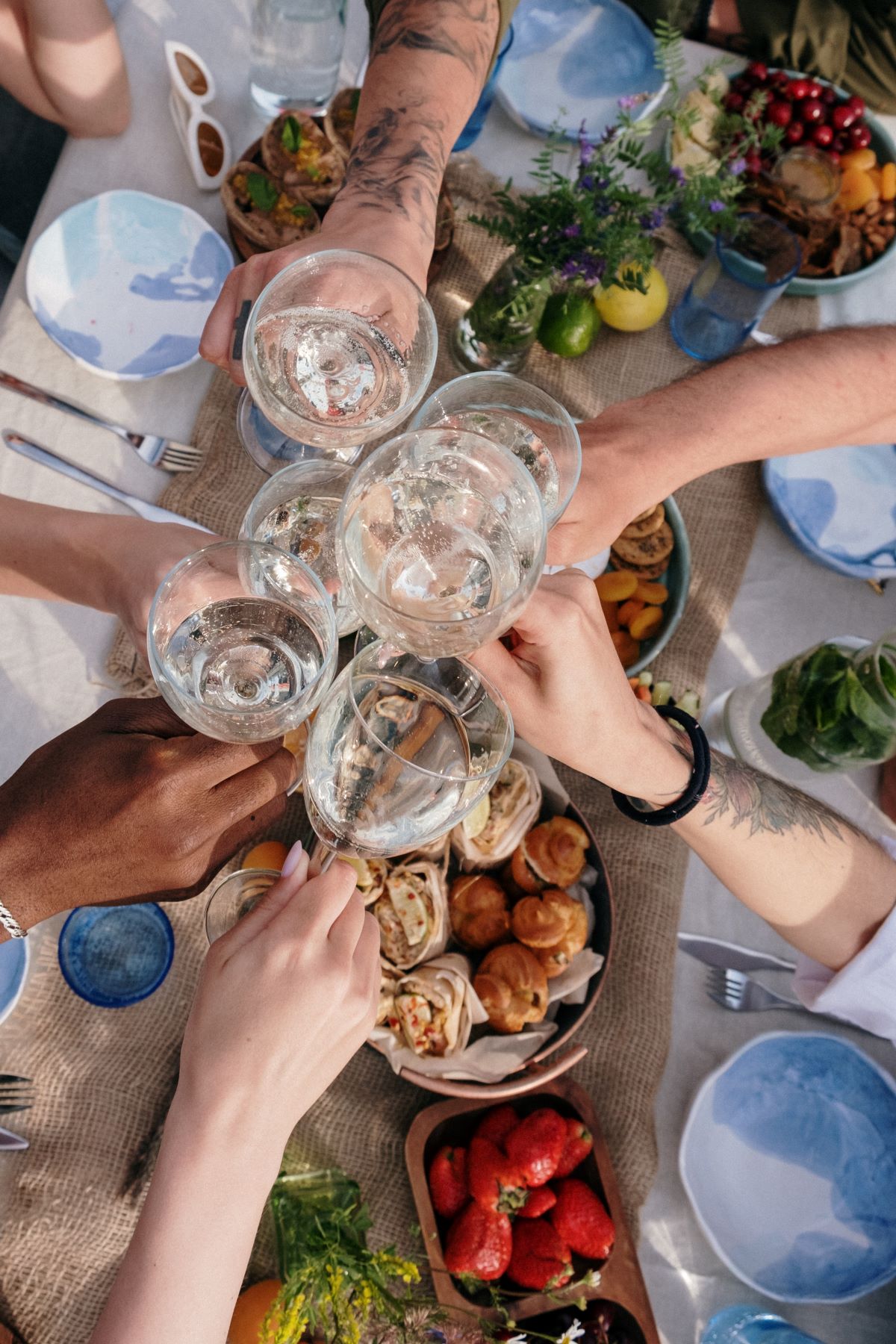
10 Tips for Ordering Food in Italy
Finding a restaurant
If a restaurant has a big, multilingual menu on a poster outside, and/or someone trying to coax you in, go in the other direction. This is most likely a tourist trap, and they’re quite common near monuments and in city centers. Do your research and find a well-regarded place where Italians actually want to go, without someone needing to convince them to step inside.
On that note, once you’ve picked your restaurant, it’s always best to make a reservation ahead of time. Many restaurants will turn you away without one, because meals are leisurely and therefore they have no way of telling you when a table might free up.
Knowing when to eat
Italians tend to eat both lunch and dinner later than Americans. Most places open for lunch around 12:30, get really busy around 1:30, and finish up around 3:00. At dinner, the restaurant might open at 7:30, but doesn’t start to fill up until 8:30 or 9:00.
Generally, the further south in Italy you go, the later people eat. A good rule of thumb? Reserve at 1:00 for lunch, and 9:00 at dinner.
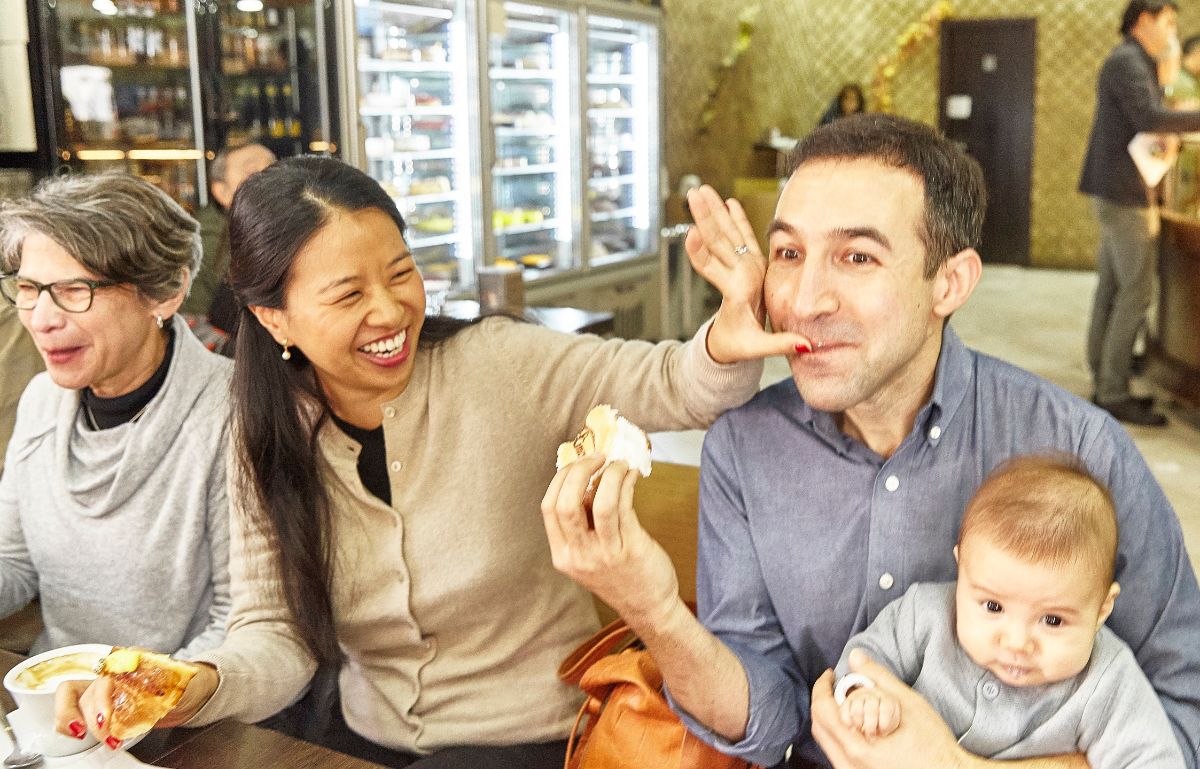
Deciding what to drink
When you sit down, the first thing the waiter will ask you is if you want acqua naturale or acqua frizzante. The former is still water, the latter sparkling (both will be bottled, as Italians think tap water is uncivilized for a restaurant).
He’ll also ask you about wine. If you want the list, ask for the carta dei vini. If the house rosso (red) or bianco (white) is more your thing, you can get either in a quartino or mezzo carafe (quarter or half liter).
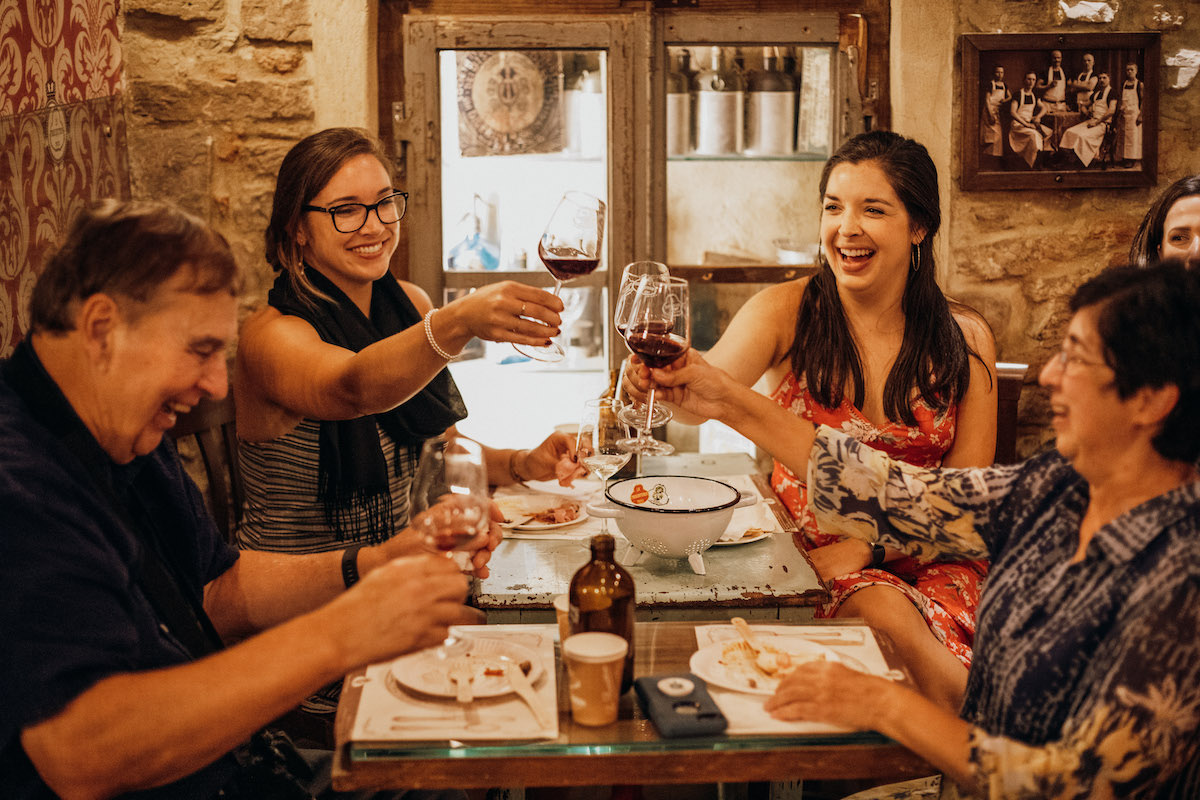
At many restaurants, they’ll hand you a written menu, divided into antipasti, primi, secondi, and contorni (more on those below). However, this is Italy we’re talking about, so it’s never that simple.
A lot of places will have specials written on the blackboard, or rattled off by the owner of the restaurant when she comes to greet you. There’s also the distinct possibility the waiter will just name a few dishes he thinks you should get, without even giving you a menu. In Italy, where restaurants are viewed as homes rather than businesses, this is considered as a sign of hospitality.
Sharing appetizers
Italians tend to not eat very elaborate or composed dishes as antipasti. Instead, you’ll find cured meats and cheeses, marinated vegetables, bread, and fried things.
Some typical plates are sliced prosciutto with mozzarella, bruschetta (toasted bread with anything from tomatoes to truffle), and fritto misto vegetale (a mix of fried vegetables). All are usually meant to be shared.
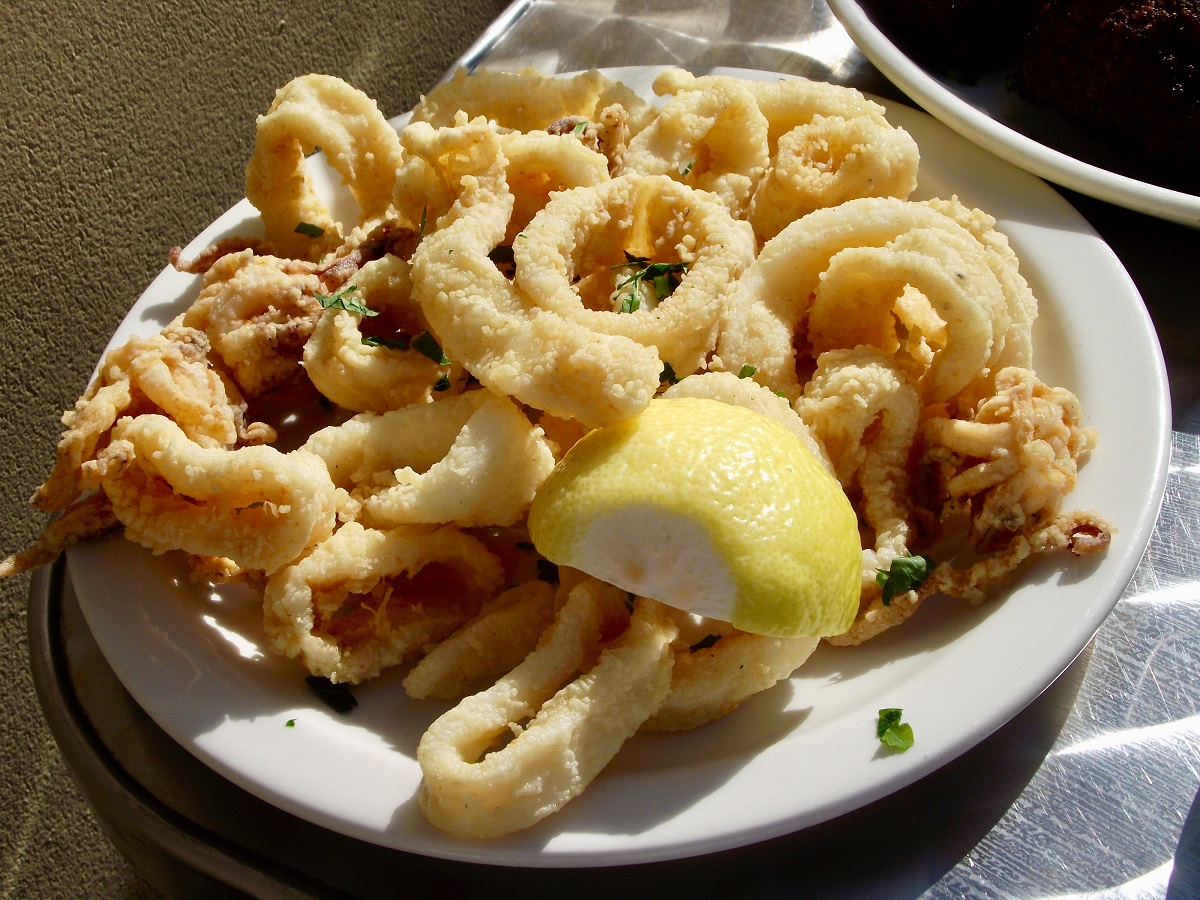
Diving into the first course
Primi are first courses, which means starches. The obvious one is pasta, which comes in hundreds of varieties around Italy.
In the south, it tends to be dried pasta, served with vegetables or fish, whereas the north places more emphasis on fresh pasta with meat or butter. In the north, you tend to also find more rice, made into risotto. Soups like minestrone (mixed vegetable) and Roman stracciatella (chicken broth with beaten egg) are also here.
Primi are not usually shared, so if you want less, you can ask the waiter for a mezza porzione (half-portion).
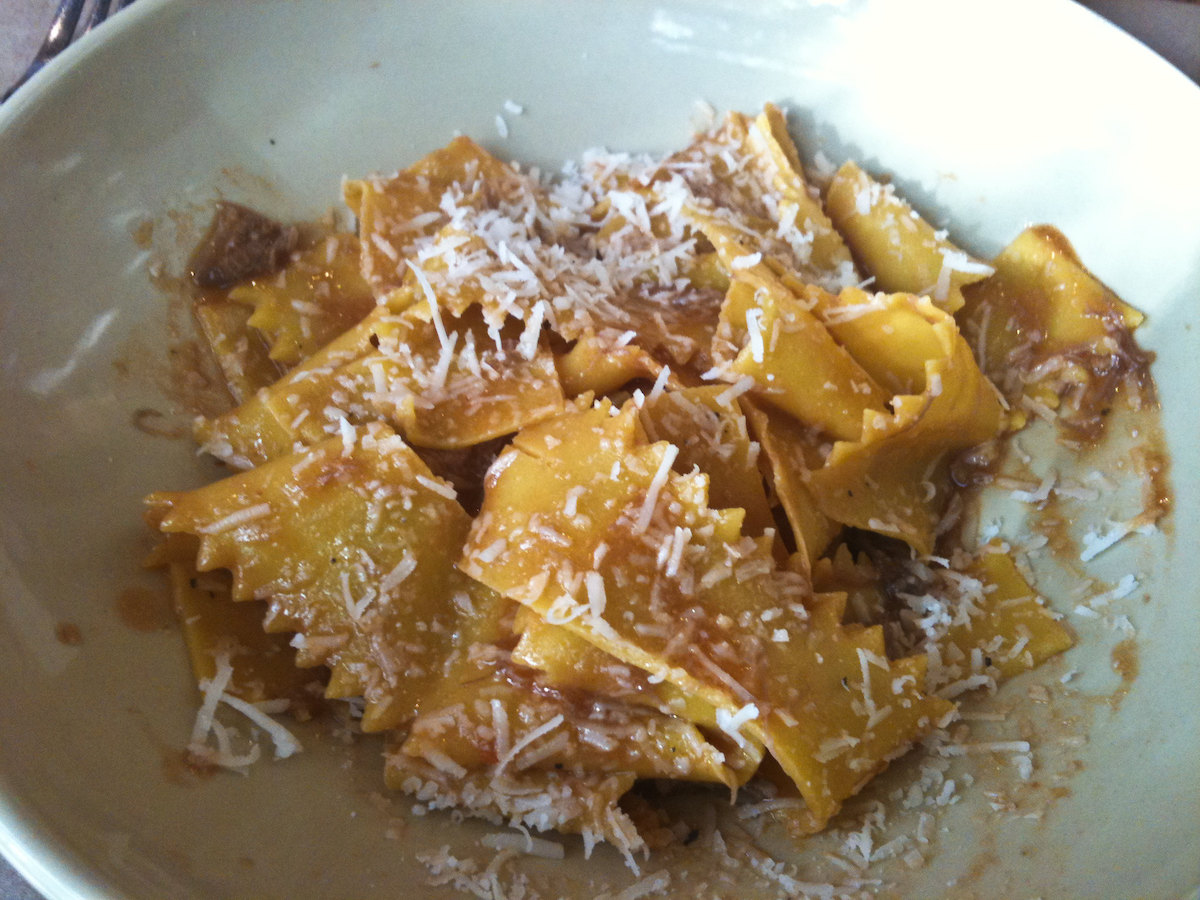
Selecting the main course
Like with antipasti, secondi tend to be very bare-bones, with just a portion of the chosen protein and a little sauce.
Where you are in Italy determines the offering. In Florence, you’ll find bistecca alla fiorentina, a giant porterhouse steak priced by the etto (100 grams), and always served rare. Near the sea, there will be lots of fish, cooked alla brace (on a wood grill), served with just some lemon and parsley.
Sharing main courses is common, so if you want it like that, just say da dividere.
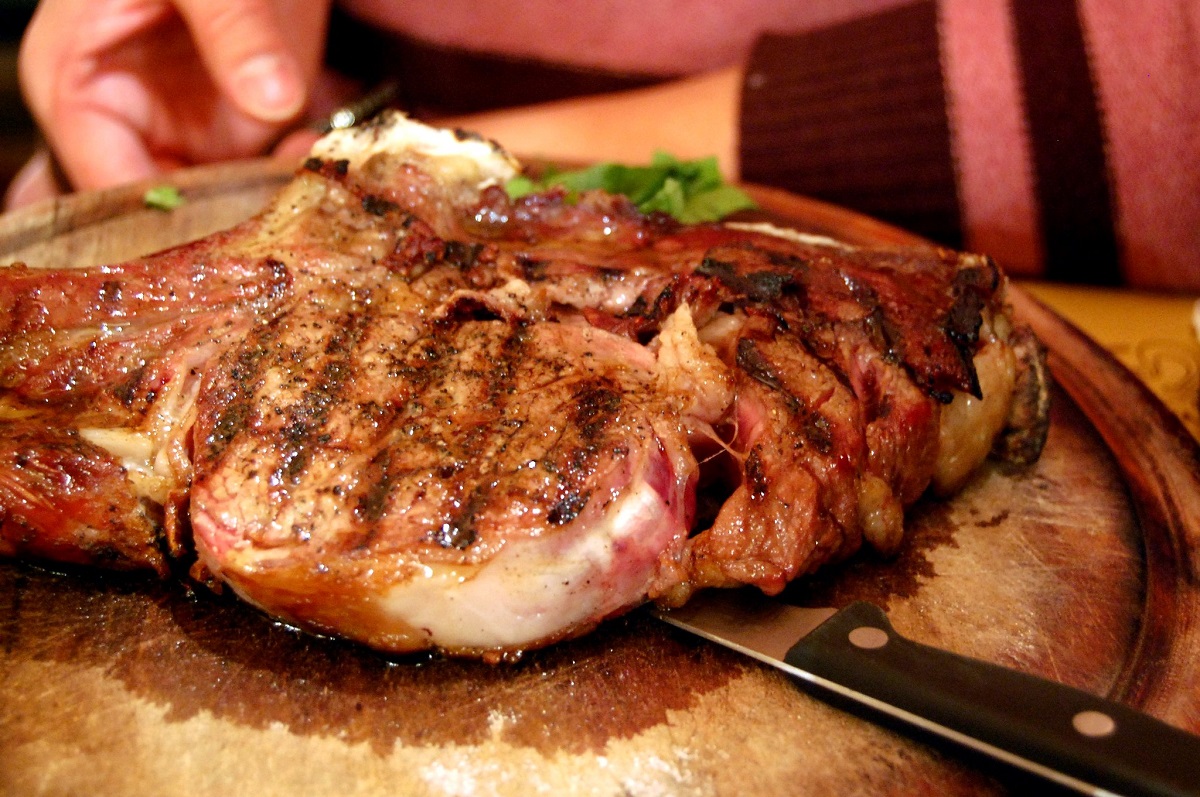
Choosing sides
Contorni are side dishes, usually whatever vegetable is in season, simply prepared.
Romans and Florentines like to eat greens like chicory, spinach and bieta (chard) with meat. The greens are usually ripassati, meaning they’ve been boiled and then “repassed” in a pan with olive oil.
All throughout Italy, you’ll find patate al forno (roasted potatoes), and insalata (mixed salad, meant to be dressed with oil and vinegar at the table).
Ordering dessert and after-dinner drinks
Italian desserts are often al cucchiaio, literally “by the spoon,” meaning they’re served in little glasses and meant to be eaten with the titular utensil. The waiter might bring you a menu, but equally likely she’ll gesture to a refrigerated case that contains individual tiramisu, macedonia (marinated fruit salad), creme caramel (flan) and millefoglie (puff pastry layered with cream). Or, you can get a slice of a simple cake like torta di nonna (pie crust with pastry cream and pine nuts). Fresh fruit is always available, especially ananas (pineapple), for which Italians have a perverse love.
After dessert you can have an espresso (never a cappuccino). And only then are you ready for a digestivo. It could be limoncello (lemon liqueur), grappa (made from grapes), or an amaro (alcohol steeped with spices and flavorings).

Tipping at restaurants in Italy
When you’re ready for the check, just ask for il conto. But when it comes, should you leave a tip?
The answer is yes, but not like in America. Italians consider tipping to be a nice little addition to, rather than an integral part of, the bill. Usually, you round up to a whole number and leave your waiter the change. So, if the bill is €92, leaving €100 is perfectly okay.
And no, contrary to popular belief, the staff will not be offended by tipping. They’ll warmly thank you, and maybe even offer you another limoncello before you leave.
Update notice: This article was updated on July 13, 2023.
You know how to navigate your meal like a real Italian, but that’s just the beginning. Live like a born-and-bred Roman for a full morning on our Testaccio Neighborhood Food & Market Tour, and you’ll come away with an even deeper understanding of what it means to do food like a local in Rome. From breakfast at a local cafe, to a stop at the local market where Romans grocery shop, to a traditional lunch and so much more, this experience takes you off the beaten path and into everyday life here in the Eternal City.
I will be in Rome with my daughter in September (1-15). I am signed up for the food tour. If you add any other tours, sign us up!
Amazing, Carol, we can’t wait to see you here! We’re working on another tour in Rome, so we’ll send you an email once we have it up and running!
Great blog!
Thanks for sharing this blog.
Thanks for reading, Janik!
Interesting post, I am really shocked after knowing the lunch timing of Italian, why they always eat after Americans?
Thanks for reading, Shivam! According to our Italian team members, the later mealtimes have to do with the working hours traditionally observed by Italian farmers. They would stay out working throughout what Americans consider to be “lunchtime” because it still wasn’t too hot yet, then when the temperatures started to rise later in the afternoon, they would head inside to eat. We hope this helps!
Quite Interesting!
Thank you!
Thank you thank you thank you. My family are touring Italy in November. We are excited and looking for good food as our family love food. However we love local joints. Those are the best.
Thanks for your kind words, Becca! Have a wonderful time in Italy with your family—we hope to see you if you find yourselves in Rome!